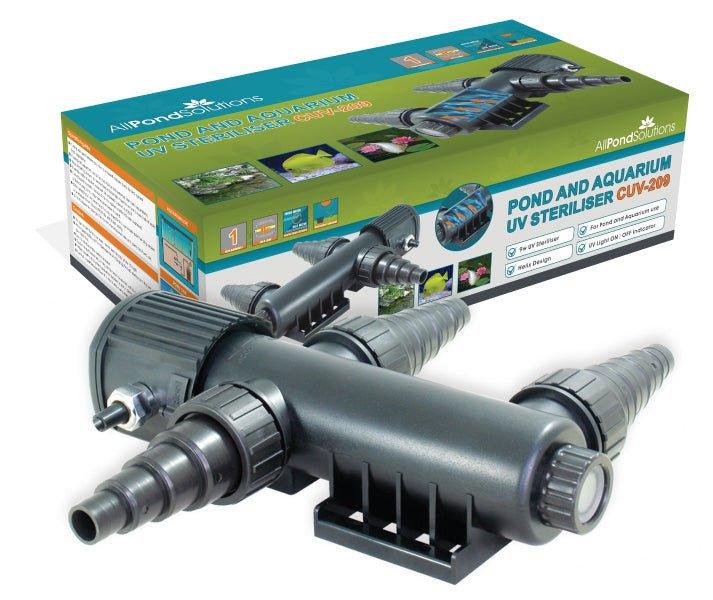Which food is the best for my fish?
If you want your fish friends to thrive and enjoy living in your aquarium then you need to give them the best fish food you can afford. With so many fish food options to pick from you could be spoilt for choice.
Sinking pellets
Larger fish naturally prefer larger foods so pellets are a good choice for bigger fish such as cichlids. There are many varieties of sinking pallets designed for different types of fish.
- Catfish pellets are rich in a variety of attractants to promote a natural foraging response.
- Plec pellets are rich in algae to provide the very best diet for your algae loving Plecos.
- Discus pellets are rich in amino acids and proteins
There are even pellets tailored to meet the complex nutritional needs of different types of Cichlids! See our full range here.
Flake food
Flake fish foods are the staple for most community aquarium fish. They can be fed whole or crushed for surface feeding fish as well as broken up and pushed under water for mid-water feeders.
Like with the pellets, there is a huge variety of flake available for specific fish. The ingredients within the flakes are selected based on the natural diet and behaviour of each type of fish. Marine flakes are designed for the diet of saltwater fish, while tropical flakes are suited for freshwater fish such as Angelfish, Tetras, Rasboras, Barbs and Guppies. Even popular Goldfish have their own specific flake food.
Algae wafers
Aimed at bottom feeders and algae eaters such as Catfish and Plectosmus, the algae wafers are very concentrated making them easier to sink quickly to the bottom of the tank.
Liquid fry food
The artemia shell-less brine shrimp eggs are ideal for fry who can become constipated from the shells and die. They also offer as much nutrition as hatched adult shrimp.
Frozen fish food
In addition to flake, pellets, wafers and liquid fry food, there are also frozen fish foods such as bloodworms, krill, and daphnia. Because it is unprocessed, frozen fish food provides excellent nutrition. It tends to be higher in fibre and stimulates eating, boosts colouration, and ensures a healthy appetite and immune system.
|
|
Feeding guide |
|||
|
Frozen Food Type |
Freshwater Fish |
Coldwater Fish |
Marine Fish |
Turtles |
|
Spinach |
✓ |
✓ |
|
✓ |
|
Squid |
|
|
✓ |
|
|
Malawi |
✓ |
|
|
|
|
Krill |
✓ |
|
✓ |
|
|
Daphnia |
✓ |
✓ |
|
|
|
Chopped Mussel |
✓ |
✓ |
✓ |
✓ |
|
Brine Shrimp Artemia |
✓ |
✓ |
✓ |
|
|
Brine Shrimp & Garlic |
✓ |
✓ |
✓ |
|
|
Bloodworm |
✓ |
✓ |
|
|
Other foods
It’s not just dried or frozen food that you can feed your fish – there may also be some goodies hiding in your fridge that are you can add as a tasty titbit in your tank. Many fish will appreciate a leaf of romaine lettuce once in a while. Peas are also perfect for helping to relieve fish who suffer from constipation, such as fancy goldfish. Nearly any fish that eats plants or algae will love sliced and boiled courgette while snails are especially fond of romaine lettuce. You can also experiment with different types of fruit such as melons, apples, bananas and grapes served in small chunks. Feeding fruits is not recommended for saltwater tanks as it introduces sugar into the water, which may result in increased algae.
Most meats are not suitable for fish because they are high in fat, however, larger fish such as Discus may appreciate some trimmed beef heart, which is lower in fat content, once in a while.
Summary
Use floating fish food such as flake for surface-feeding fish and sinking fish food (sinking pellets, algae wafers) for species that stay close to the aquarium’s substrate.
If you’re introducing new foods to your fish, be sure to observe closely if it’s eaten. Any uneaten food should be removed from the tank, or it might foul the water.
